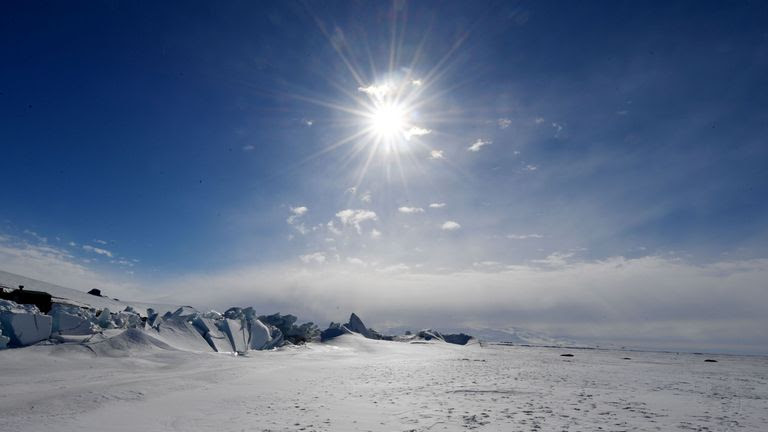The famous adage “success belongs to those who get up early” should be replaced by “success belongs to those who smile”, put a
Read MoreIf you’re in a long-term romantic relationship, whether that’s someone you’re married to or in a civil partnership, you probably have a fair num
Read MoreCat Ba Biosphere Reserve is an archipelago located in northern Viet Nam Concerning the natural heritage of humanity, the World Biosphere Reserves are
Read MoreA laboratory of the CNRS- PROMES, installed in Odeillo in the Eastern Pyrenees in France develops the technology of concentrated solar energy which is
Read MoreA moon of the planet Jupiter called Europa could hold pockets of water just below its icy surface, according to scientists basing their hypothe
Read MoreReal estate in Bulgaria is very affordable. Bulgaria has so much to offer that it is not surprising that it is rapidly becoming more popular as
Read MoreWhat is silence? How the human mind reacts to the absence of sensory stimulation has intrigued scientists for decades. Usually, we associate he
Read MoreBollywood is part of India’s cultural identity, is facing a historic economic crisis; foreign streaming platforms and productions from th
Read MoreAir Canada accumulates failures and the classification of the very serious “Cirium, the global aviation analytics leader”, mentions
Read MoreOn the Pacific Ocean, there have been bizarre events with episodes of intense and persistent abnormally warm conditions, also known as marine heatwave
Read More










